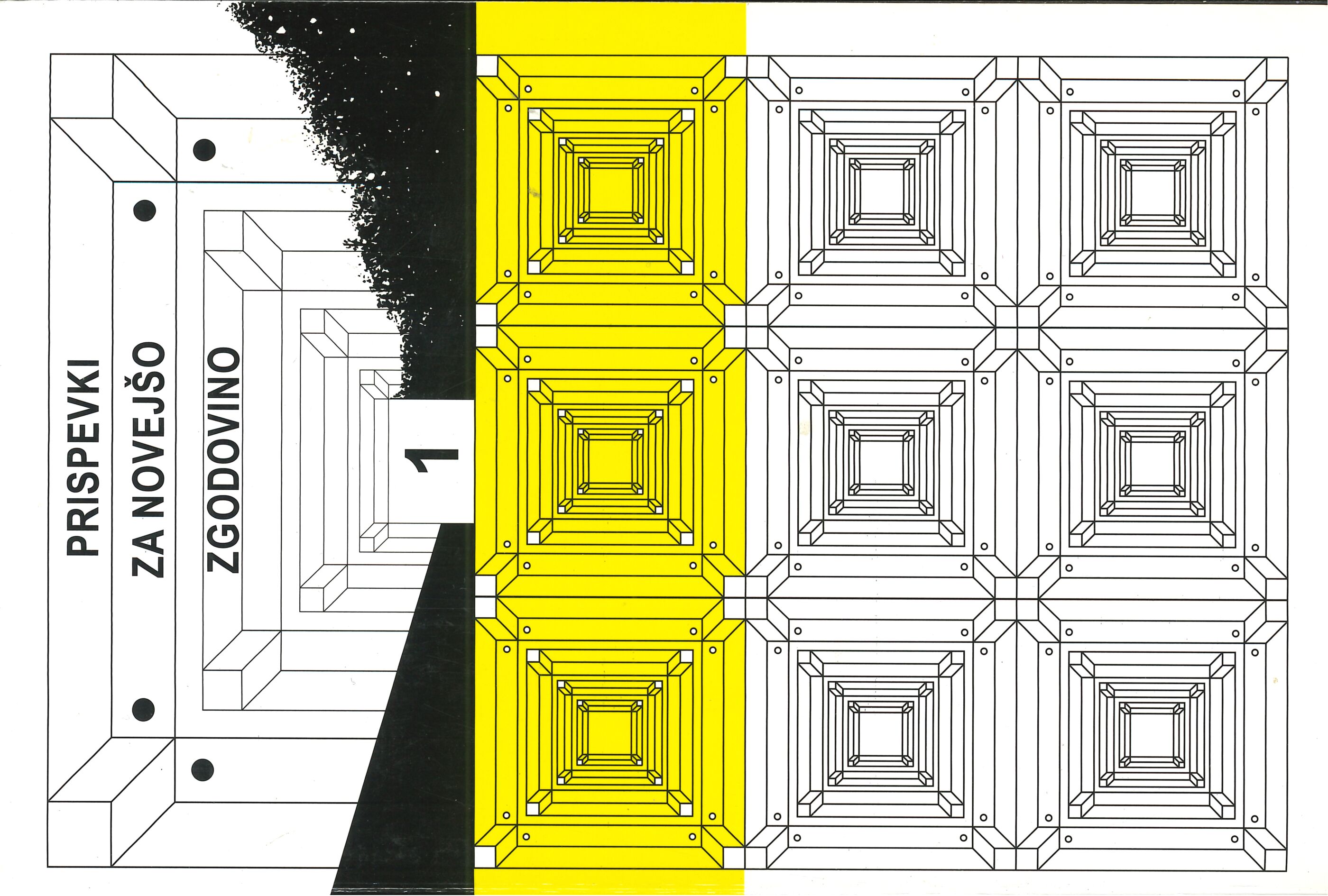Letalce so izdale »bele roke in laške lire«: protiletalska obramba v Mariboru v času prve svetovne vojne
Keywords:
World War I, Soča Front, the rear, anti-aircraft defence, MariborAbstract
FLIERS WERE GIVEN AWAY BY »WHITE HANDS AND ITALIAN LIRE«: ANTI‐AIRCRAFT DEFENCE IN MARIBOR DURING WORLD WAR I
The author of the following contribution focuses on the development of anti-aircraft defence in Austro-Hungary. The development of aerial combat also called for efficient defence, initially organised at the front and later also in the rear. Anti-aircraft defence included anti-aircraft artillery, a system of observation posts, and the related communication of threats as well as instructions for alerting, camouflaging and civilian activities in the rear in case of aerial attack. During World War I Maribor was among the more important military cities in the rear. Therefore it was a priority for the military authorities to establish an operational anti-aircraft defence in the city. The following contribution reveals the unknown history of the city of Maribor and its immediate and more distant surroundings, relevant for the anti-aircraft defence of the Monarchy at the Soča part of the South-western Front. The most interesting event related to the defence of Maribor is surely the Italian Caproni aircraft, which distressed the local population in October 1917. Just like the Monarchy itself, the anti-aircraft defence fell apart in October 1918.
Downloads
Published
Issue
Section
License
Authors who publish with this journal agree to the following terms:
- Authors retain copyright and grant the journal right of first publication with the work simultaneously licensed under a Creative Commons Attribution License that allows others to share the work with an acknowledgement of the work's authorship and initial publication in this journal.
- Authors are able to enter into separate, additional contractual arrangements for the non-exclusive distribution of the journal's published version of the work (e.g., post it to an institutional repository or publish it in a book), with an acknowledgement of its initial publication in this journal.
- Authors are permitted and encouraged to post their work online (e.g., in institutional repositories or on their website) prior to and during the submission process, as it can lead to productive exchanges, as well as earlier and greater citation of published work (See The Effect of Open Access).


